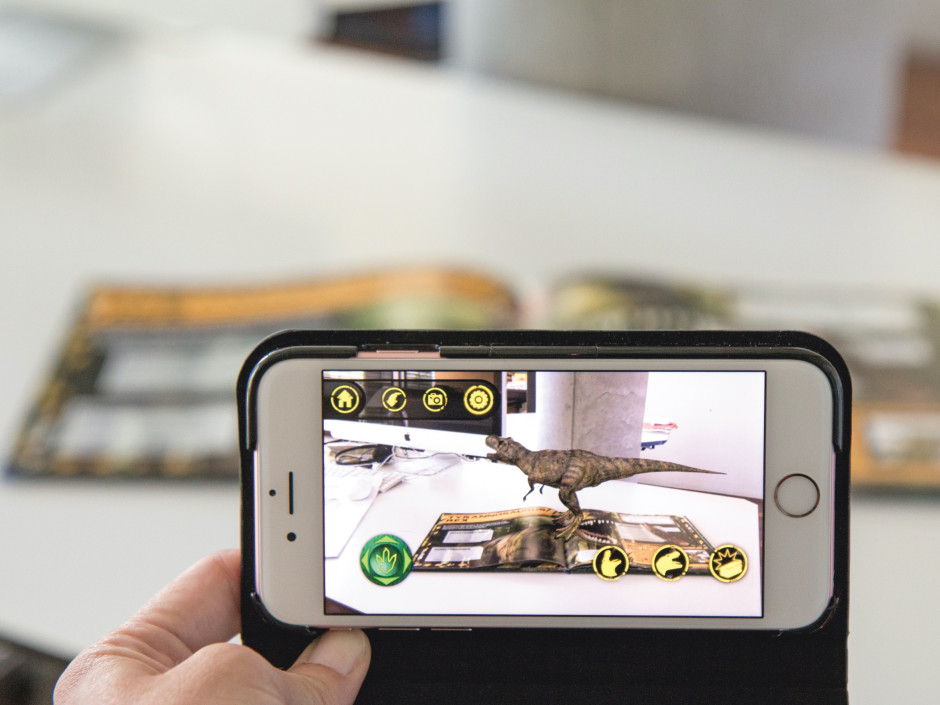Exploding the Book
Access, technology, community and research are the new mantras of the modern library. Here are four athenaeums pushing the frontiers.
Open Access to Biodiversity
One day all of the world’s 130 million books will be digitised, and it won’t be just Google that does it. The Biodiversity Heritage Library, a consortium of international libraries, wants to digitise and make freely accessible all literature on biodiversity.
Stacking Technology
Although the demise of the physical book is inevitable, it’s not likely to happen for another 50 to 100 years. In the meantime, technology is helping us get to those books faster. The Mansueto Library at the University of Chicago features a book stacking and retrieval system with a 3.5 million-volume capacity run entirely by robots.
Community Actions
Brick-and-mortar libraries are fighting obsolescence by providing real community services, from supporting job integration to providing creation spaces. In 2014, Exeter Library’s ‘Fab Lab’ became the UK’s first public library-based digital Fabrication Laboratory. It houses 3D printers, CNC Routers, Raspberry Pi, 3D scanning machines, digital sewing machines, solder stations and light-boxes
Collaborative Research
Today’s students are learning in groups, and state of the art library architecture is favouring spaces that connect people to information and ideas. The James B. Hunt Jr. Library at the North Carolina State University has videoconferencing rooms, writable desks and walls and multimedia production facilities that encourage interdisciplinary collaboration.
Related Articles
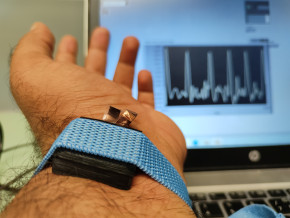
Tecno-prodotti. Creati nuovi sensori triboelettrici nel laboratorio di sensoristica al NOI Techpark
I wearable sono dispositivi ormai imprescindibili nel settore sanitario e sportivo: un mercato in crescita a livello globale che ha bisogno di fonti di energia alternative e sensori affidabili, economici e sostenibili. Il laboratorio Sensing Technologies Lab della Libera Università di Bolzano (unibz) al Parco Tecnologico NOI Techpark ha realizzato un prototipo di dispositivo indossabile autoalimentato che soddisfa tutti questi requisiti. Un progetto nato grazie alla collaborazione con il Center for Sensing Solutions di Eurac Research e l’Advanced Technology Institute dell’Università del Surrey.
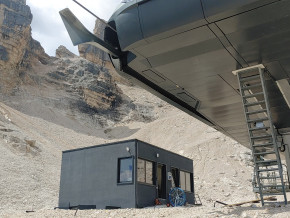
unibz forscht an technologischen Lösungen zur Erhaltung des Permafrostes in den Dolomiten
Wie kann brüchig gewordener Boden in den Dolomiten gekühlt und damit gesichert werden? Am Samstag, den 9. September fand in Cortina d'Ampezzo an der Bergstation der Sesselbahn Pian Ra Valles Bus Tofana die Präsentation des Projekts „Rescue Permafrost " statt. Ein Projekt, das in Zusammenarbeit mit Fachleuten für nachhaltiges Design, darunter einem Forschungsteam für Umweltphysik der unibz, entwickelt wurde. Das gemeinsame Ziel: das gefährliche Auftauen des Permafrosts zu verhindern, ein Phänomen, das aufgrund des globalen Klimawandels immer öfter auftritt. Die Freie Universität Bozen hat nun im Rahmen des Forschungsprojekts eine erste dynamische Analyse der Auswirkungen einer technologischen Lösung zur Kühlung der Bodentemperatur durchgeführt.
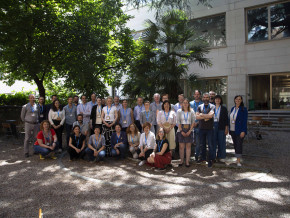
Gesunde Böden dank Partizipation der Bevölkerung: unibz koordiniert Citizen-Science-Projekt ECHO
Die Citizen-Science-Initiative „ECHO - Engaging Citizens in soil science: the road to Healthier Soils" zielt darauf ab, das Wissen und das Bewusstsein der EU-Bürger:innen für die Bodengesundheit über deren aktive Einbeziehung in das Projekt zu verbessern. Mit 16 Teilnehmern aus ganz Europa - 10 führenden Universitäten und Forschungszentren, 4 KMU und 2 Stiftungen - wird ECHO 16.500 Standorte in verschiedenen klimatischen und biogeografischen Regionen bewerten, um seine ehrgeizigen Ziele zu erreichen.
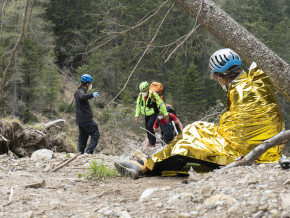
Erstversorgung: Drohnen machen den Unterschied
Die Ergebnisse einer Studie von Eurac Research und der Bergrettung Südtirol liegen vor.
